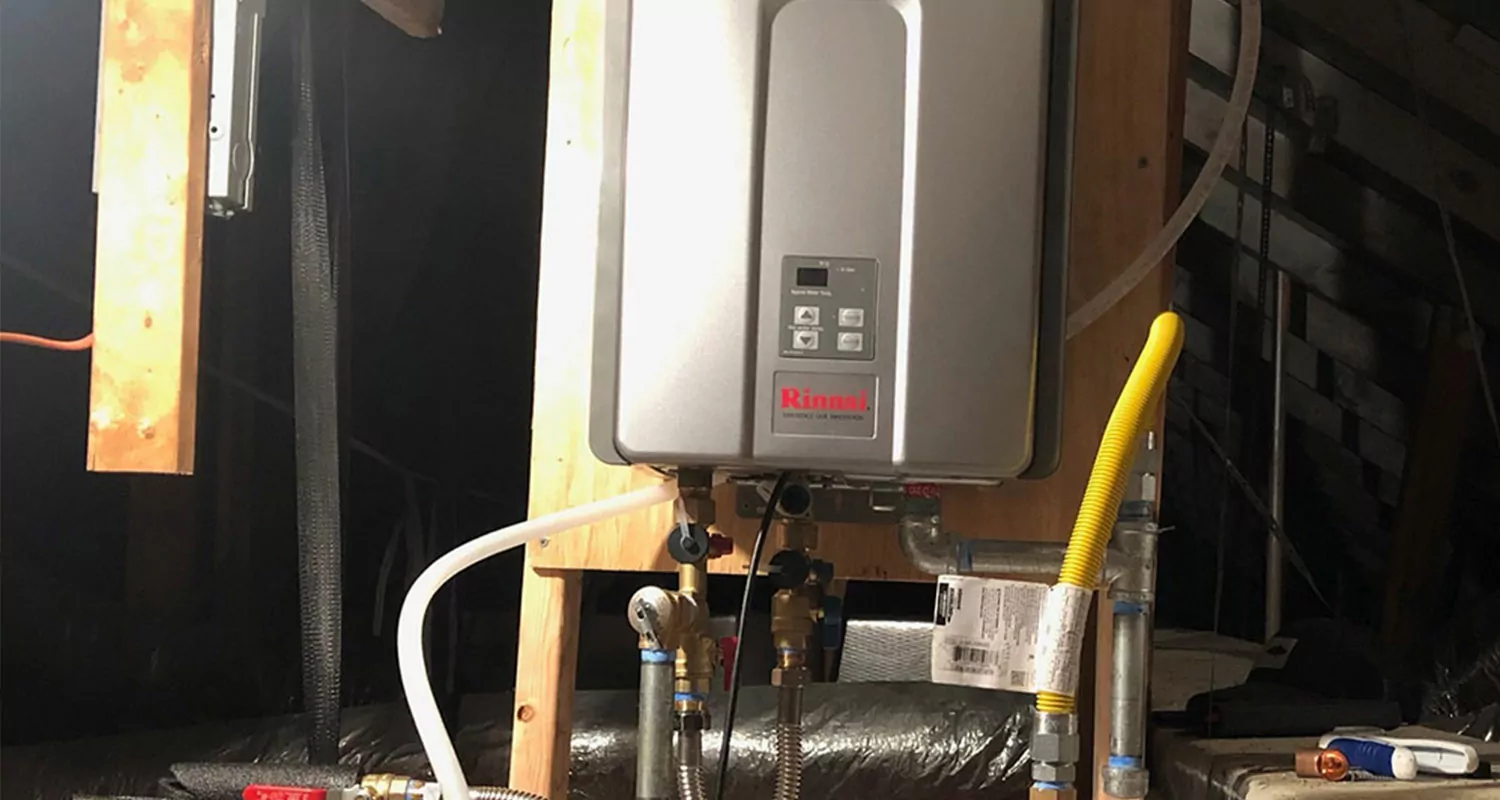Tips on How to Maintain Your Home's Hot Water System Functioning WellWhat to Maintain Your Home's Hot Water System Properly
Tips on How to Maintain Your Home's Hot Water System Functioning WellWhat to Maintain Your Home's Hot Water System Properly
Blog Article
On this page below you can find additional helpful help and advice related to Tips For Maintaining Your Hot Water Heater.

Hot water is vital for day-to-day convenience, whether it's for a refreshing shower or washing meals. To guarantee your hot water system runs successfully and lasts longer, normal maintenance is crucial. This article provides functional pointers and understandings on exactly how to keep your home's hot water system to stay clear of interruptions and pricey repair work.
Intro
Maintaining your home's warm water system could seem complicated, yet with a few easy actions, you can ensure it runs efficiently for years ahead. This guide covers every little thing from understanding your hot water system to do it yourself maintenance suggestions and understanding when to call specialist help.
Relevance of Keeping Your Warm Water System
Regular maintenance not only extends the lifespan of your hot water system but likewise ensures it operates successfully. Disregarding upkeep can cause reduced performance, higher power expenses, and even premature failure of the system.
Indications Your Hot Water System Needs Maintenance
Knowing when your hot water system needs focus can protect against significant concerns. Keep an eye out for indicators such as inconsistent water temperature level, unusual noises from the heater, or rusty water.
Understanding Your Warm Water System
Prior to diving right into maintenance tasks, it's helpful to understand the standard parts of your warm water system. Usually, this includes the hot water heater itself, pipes, anode poles, and temperature level controls.
Regular Monthly Maintenance Tasks
Regular month-to-month checks can aid capture minor issues prior to they rise.
Flushing the Water Heater
Flushing your hot water heater gets rid of debris build-up, boosting effectiveness and prolonging its life.
Checking and Changing Anode Rods
Anode rods prevent rust inside the storage tank. Examining and replacing them when worn out is essential.
Inspecting and Readjusting Temperature Level Setups
Readjusting the temperature setups makes certain ideal performance and safety.
Do It Yourself Tips for Upkeep
You can do a number of maintenance tasks on your own to maintain your hot water system in leading problem.
Looking for Leakages
Regularly check pipes and links for leakages, as these can cause water damage and greater bills.
Checking Stress Relief Valves
Examining the pressure safety valve ensures it operates appropriately and protects against excessive stress buildup.
Protecting Pipes
Protecting warm water pipes lowers warm loss and can conserve energy.
When to Call an Expert
While DIY maintenance is valuable, some problems call for specialist know-how.
Facility Issues Needing Specialist Help
Instances consist of major leakages, electric problems, or if your water heater is continually underperforming.
Routine Expert Upkeep Benefits
Specialist upkeep can include extensive examinations, tune-ups, and ensuring compliance with safety and security standards.
Final thought
Routine upkeep of your home's hot water system is important for effectiveness, long life, and cost savings. By complying with these pointers and understanding when to seek expert assistance, you can guarantee a reputable supply of hot water without unexpected disruptions.
How to Maintain an Instant Hot Water Heater
Before tinkering with your hot water heater, make sure that it’s not powered on. You also have to turn off the main circuit breaker and shut off the main gas line to prevent accidents. Also turn off the water valves connected to your unit to prevent water from flowing into and out of the appliance. 2. When you’re done, you have to detach the purge valves’ caps. These look like the letter “T” and are situated on either side of the water valves. Doing so will release any pressure that has accumulated inside the valves while at the same time avoid hot water from shooting out and burning your skin. 3. When the purge valves’ caps are removed, you have to connect your hosing lines to the valves. Your unit should have come with three hoses but if it didn’t, you can purchase these things from any hardware or home repair shops. You can also get them from retail stores that sell water heating systems. Read the user’s manual and follow it to complete this task properly. When the hosing lines are connected, open the purge port’s valves. 4. You should never use harsh chemical cleaners or solutions when cleaning your unit. Make use of white vinegar instead. It should be undiluted and you’ll probably use about 2 gallons. 5. Now flush your water heater. This task should probably take about 40 minutes. We can’t give you specific directions for this because the procedure is carried out depending on the type, model and brand of your heater. With that being said, refer to the user’s manual. 6. When you’re done draining the unit, you have to turn off the purge port valves again. Remove the hosing lines that you earlier installed on each of the water valves. Put the valve caps (purge port) back in their respective places and be very careful so as not to damage the rubber discs that are found inside these caps. 7. Now that everything’s back in place, check your user’s manual again to find out how to reactivate your water heating system. 8. Once it is working, turn one of your hot water faucets on just to let air pass through the heater’s water supply pipes. Leave the tap on until water flows smoothly out of it. https://www.orrplumbing.com/blog/2014/september/how-to-maintain-an-instant-hot-water-heater/

I found that content on Tips on Maintaining a Water Heater when doing a lookup on the web. Appreciated our content? Please share it. Let someone else check it out. We cherish your readership.
Book Today Report this page